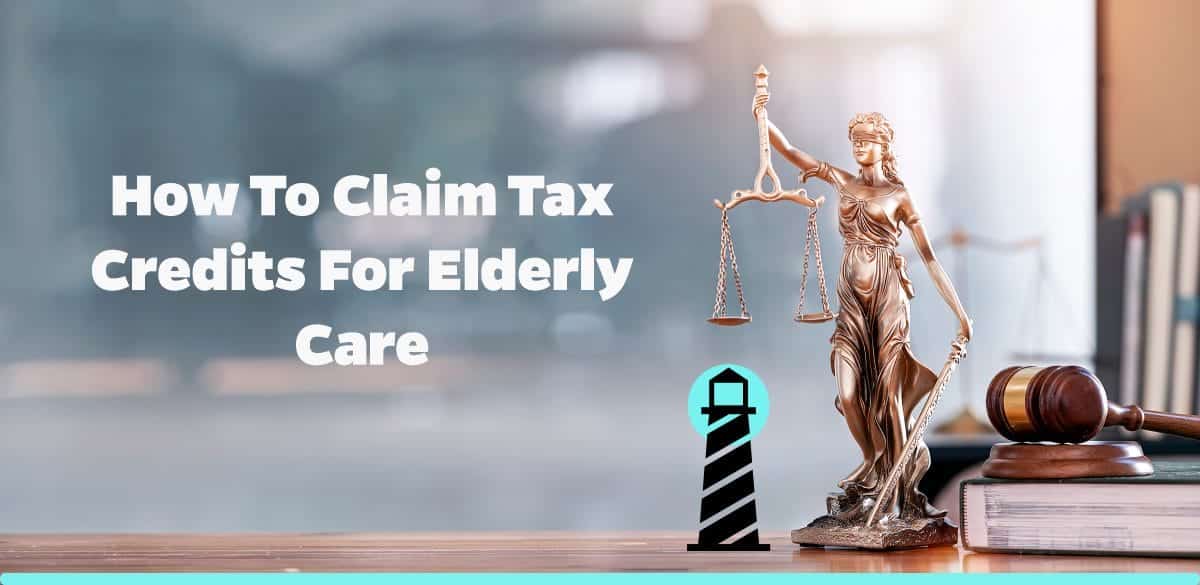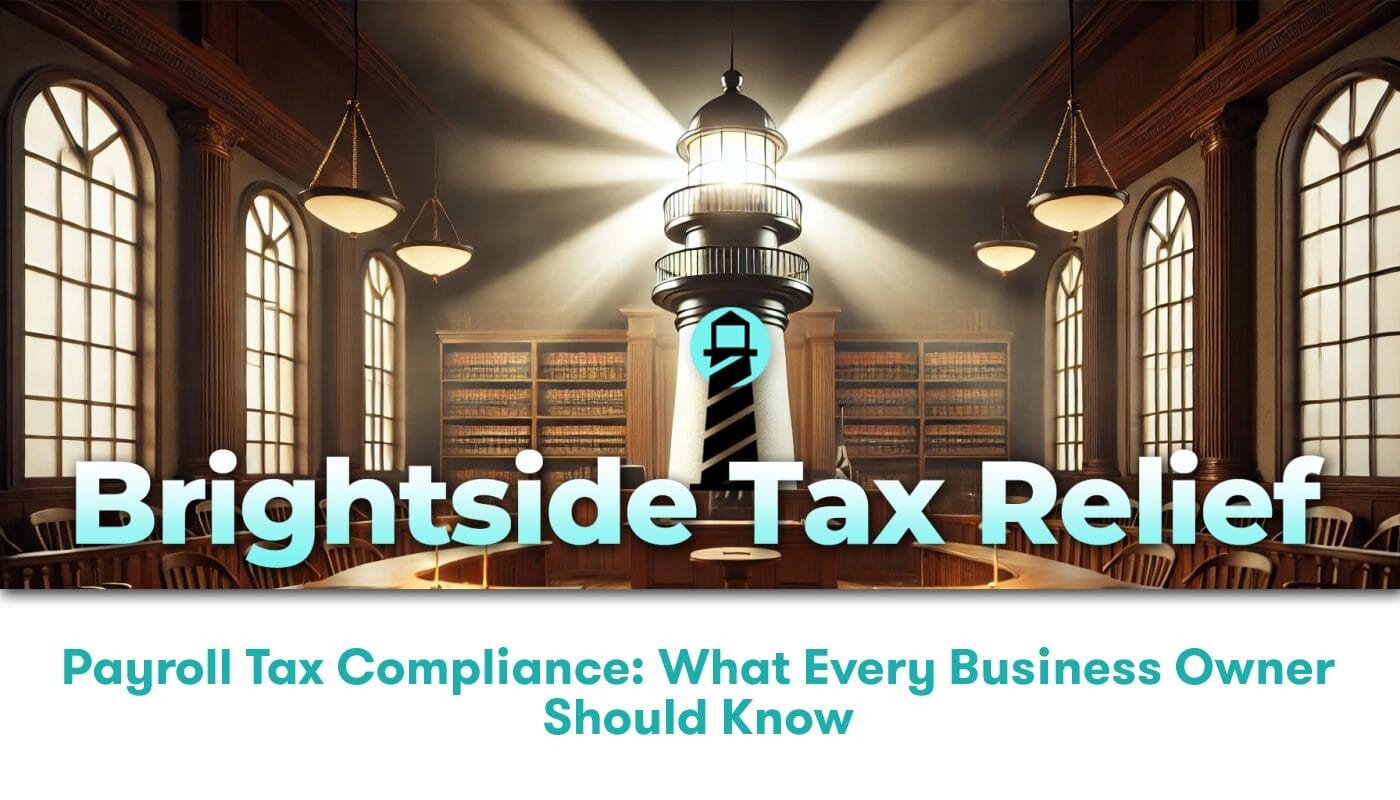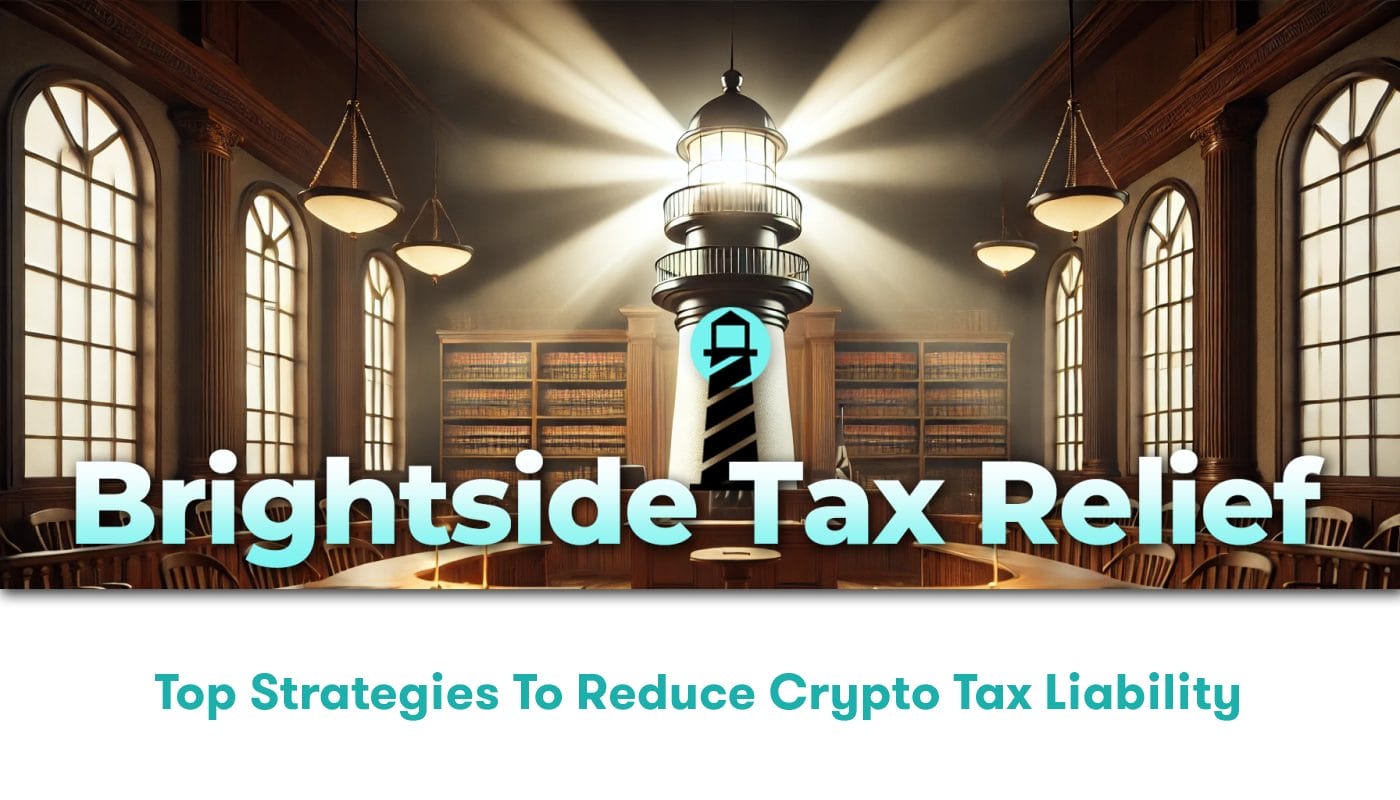Discover Tax Credits for Elderly Care
Getting optimal financial solutions and understanding every way to save money is what Brightside Tax Relief aims to provide. Today, we’ll discuss a topic of undeniable literal and fiscal relevance: Elderly Care Tax Credits. Tax planning, in general, is often complex and requires sifting through considerable legislation and guidelines, and tax relief related to elderly care is no exception.
What are Elderly Care Tax Credits?
Elderly Care Tax Credits are specific tax break provisions incorporated within the United States Tax Code to provide financial relief to those caring for senior citizens. Often, the responsibility of elderly care falls onto the shoulders of close relatives, like adult children. This responsibility can have large financial implications, and as such, the government provides tax credits to mitigate this.
This credit eases the tax burden, allowing caregivers to improve the quality of care they provide. It also recognizes the essential role caregivers play in society by respecting the personal and financial sacrifices made.
Who Qualifies for Elderly Care Tax Credits?
There are a few noteworthy points on who qualifies for this tax relief. Firstly, the person receiving care must be 65 or older. Secondly, they must be a spouse, lineal ascendant (parent, grandparent, etc.), or other relative who lived with the caregiver for more than half of the tax year. Finally, a physician must certify that they require help with their daily living activities for a minimum of 120 days throughout the year.
The caregiver must also meet certain income and tax filing criteria. The IRS provides a more detailed insight into these qualifications on its website, making the guidelines essential for thorough understanding and to ensure you meet the criteria fully.
How Do Elderly Care Tax Credits Work?
Elderly Care Tax credits function by relieving the caregiver’s tax liability. Essentially, it reduces the total amount owed to the IRS, dollar-for-dollar. Furthermore, this tax credit is non-refundable, meaning it can reduce your tax liability to zero but will not provide a refund beyond this.
Here’s an example to simplify it:
Assume your tax liability is $6,000 and you are eligible for a $4,000 Elderly Care Tax Credit. Instead of paying the full $6,000, you would only owe $2,000. However, if your tax liability was $2,500 and you were eligible for that same $4,000 credit, you would owe nothing. The additional $1,500 would, unfortunately, not be refunded.
Claiming the Elderly Care Tax Credit
Claiming the Elderly Care Tax Credit involves a comprehensive process. It requires meticulous record keeping of all expenses associated with the care of your elderly dependent. This can range from hospital fees, medication costs, in-home care services, nursing home fees, and even transportation charges for medical appointments.
All these costs can add up and significantly affect your finances, thus underscoring the importance of the tax credit. Once you have carefully documented all these expenses, they must be collated and submitted in the IRS Form 2441 (Child and Dependent Care Expenses) alongside your annual tax return.
A deeper explanation of the procedure can be found here.
Remember, correct documentation and claiming the credits at the right time is paramount. If complexities arise or you require help, you should seek assistance from a tax professional.
Importance of Tax Planning
Taking advantage of the available Elderly Care Tax Credits is a vital part of efficient tax planning. It’s important not just in terms of maximizing your financial savings, but to help provide the best possible care to your elderly dependent without undue economic distress. It’s an essential monetary tool that must not be overlooked by caregivers.
Final Thoughts
Brightside Tax Relief exists to lighten tax burdens and promote financially informed decisions. The Elderly Care Tax Credits serve to acknowledge the immense responsibility that overseeing the wellbeing of an older relative involves. It offers tangible financial support, softening the often-significant financial impact of elderly care.
Understanding the importance of these initiatives helps you to effectively manage tax expenses and provides a potential avenue to sustainably navigate the high costs of providing elderly care.
Tax laws are complex and continuously changing so it’s important to keep up-to-date with these developments and explore all avenues of possible relief. Always look beyond the horizon and pave the way for financial serenity. Never hesitate to seek professional help when in doubt.
In this challenging financial landscape, they say every penny counts. With proper tax planning, it’s more like every penny saved is a penny earned. And the Elderly Care Tax Credits, in this respect, can indeed be golden.
Remember, tax planning is a marathon, not a sprint. And like any good marathoner would tell you, delicate planning and strategy win the race. Are you ready to begin your race to tax efficiency?






